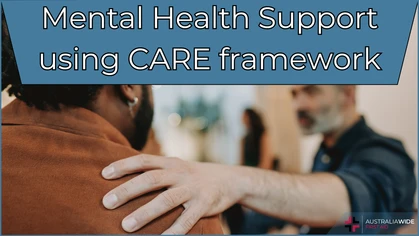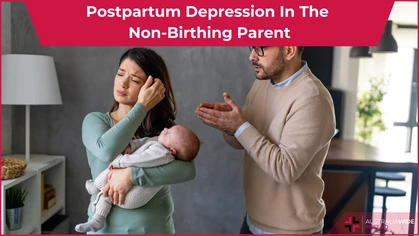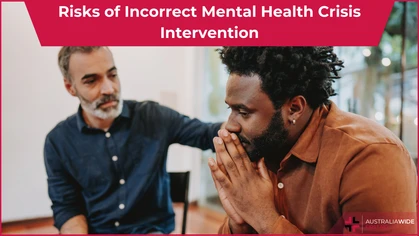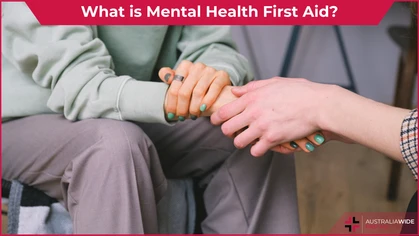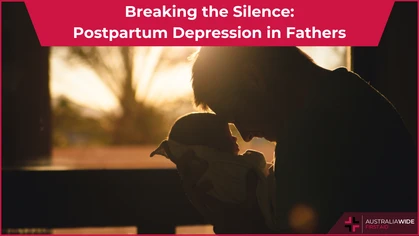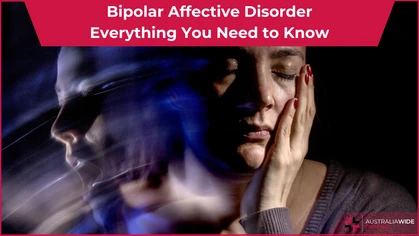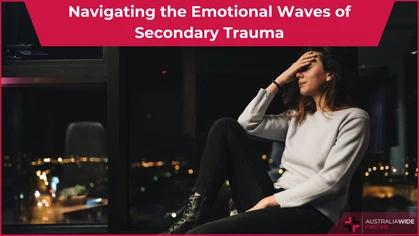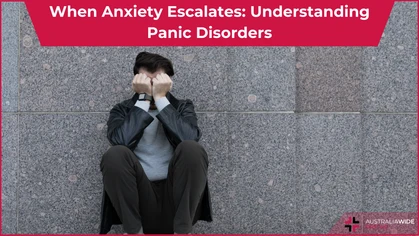Understanding Psychosocial Hazards in the Workplace: A Beginner's Guide

Mental Health
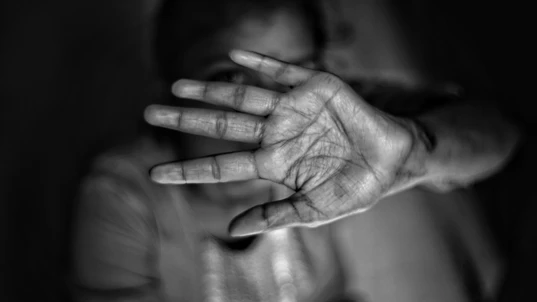 Psychosocial hazards can significantly impact a person's mental and physical health.
In Australia, it is crucial to understand how to identify and manage these hazards to avoid injury.
Psychosocial hazards can significantly impact a person's mental and physical health.
In Australia, it is crucial to understand how to identify and manage these hazards to avoid injury.
What are Psychosocial Hazards?
Psychosocial hazards refer to any factor in the workplace environment that can cause psychological harm to employees. These hazards can range from job demands and low job control to bullying, harassment, and violence in the workplace. While physical hazards are often easy to identify and address, psychosocial hazards can be more difficult to manage, as they involve employees' mental and emotional well-being. It is important to understand psychosocial hazards to ensure the safety and well-being of employees in the workplace. Employees exposed to these hazards can experience stress, anxiety, depression, and other mental health issues. This can lead to decreased productivity, absenteeism, and higher turnover rates. In some cases, the impact of psychosocial hazards can be severe, leading to long-term disabilities or even suicide.How to Identify Psychosocial Hazards
Identifying and managing psychosocial hazards in the workplace is important. This involves examining all aspects of the work environment, including job demands, communication and support, leadership and management, and the physical environment. It is also important to involve employees in the risk assessment process, as they are often the ones most affected by these hazards. There are various ways to identify psychosocial hazards. Some common methods are:- Workplace Analysis: A thorough workplace analysis can help identify potential psychosocial hazards. This can involve reviewing organizational policies, procedures, and work processes.
- Surveys and Interviews: Conducting surveys and interviews with employees can help identify any psychosocial hazards they may be experiencing.
- Incident Reports: Analysing incident reports can also help identify potential psychosocial hazards. This can include reviewing any reported incidents related to workplace violence, bullying, or harassment.
- Observations: Observing workplace behaviour and interactions can help identify potential psychosocial hazards. This can involve observing how employees interact with one another and how they react to different work-related situations.
Types of Injuries
Psychosocial hazards can cause both psychological and physical injuries. Psychological harm may include anxiety, depression, post-traumatic stress disorder, sleep disorders, and other mental health issues. Physical harm may include musculoskeletal injuries, chronic diseases, or fatigue-related injuries Here are some of the most common types of injuries that can result from psychosocial hazards.- Job Demands: High workload, tight deadlines, and long working hours can cause stress and burnout.
- Control and Autonomy: Lack of autonomy, decision-making power, and influence over one's job can be a source of stress.
- Support and Feedback: Poor social support and inadequate feedback from colleagues, supervisors, and the organization can increase stress levels.
- Role Clarity: Unclear job expectations, role ambiguity, and conflicting demands can create stress and frustration.
- Organizational Change: Poorly managed organizational change, such as restructuring, downsizing, and mergers, can cause uncertainty and stress.
- Recognition and Fairness: The lack of recognition, feedback, and appreciation for one's work, and perceived unfairness, discrimination, and inequity can create stress and reduce job satisfaction.
- Trauma and Violence: Exposure to workplace accidents, violence, or harassment can cause PTSD and other mental health issues.
- Remote Work and Isolation: Working in remote or isolated locations can create stress and social isolation.
- Physical Hazards: Poor lighting, ventilation, and ergonomics can cause physical discomfort and musculoskeletal injuries.
- Bullying and Harassment: Repeated and intentional mistreatment, such as harassment, verbal abuse, or exclusion, can cause stress, anxiety, and depression.
- Workplace Relationships: Poor communication, interpersonal conflicts, and dysfunctional relationships can cause stress and anxiety.
- Sleep and Fatigue: Exposure to psychosocial hazards can interfere with sleep quality and duration, leading to insomnia or sleep apnea, and fatigue can increase the risk of workplace accidents and injuries.
- Chronic Diseases: Prolonged exposure to psychosocial hazards can increase the risk of chronic diseases such as cardiovascular disease, diabetes, and cancer.

How to Avoid Injury
There are several ways to avoid injury from psychosocial hazards. These include:- Promoting Work-life Balance and encouraging employees to have a healthy work-life balance can help reduce stress levels.
- Providing support to employees can help them manage stress levels. This can include counselling, employee assistance programs, and other resources.
- Managing workloads can help reduce stress levels. This can include prioritizing tasks and delegating responsibilities.
- Addressing conflicts between employees can help reduce stress levels. This can involve providing conflict resolution training or implementing policies to address workplace conflicts.
- Improving the workplace environment can help reduce stress levels. This can involve improving lighting, ventilation, and noise levels.
- Implementing policies and procedures can help reduce stress levels. This can include implementing policies to address workplace bullying, harassment, and other forms of violence.
First Aid Training
Injuries caused by psychosocial hazards can take a toll on one's mental health and well-being, which can be just as severe as physical injuries. Therefore, it is important to have the necessary skills and knowledge to provide immediate assistance to those in need. First aid training is essential to managing injuries caused by psychosocial hazards.Conclusion
Psychosocial hazards can cause significant harm to an individual's mental and physical health. Identifying these hazards and taking appropriate measures to manage them is important. This includes promoting work-life balance, providing support, managing workloads, addressing conflicts, improving the workplace environment, and implementing policies and procedures. Additionally, first aid training is crucial for managing injuries caused by psychosocial hazards. Source : Safeworkaustralia
Originally published at
https://www.australiawidefirstaid.com.au/resources/understanding-psychosocial-hazards-in-the-workplace
as part of the Australia Wide First Aid Articles Library

